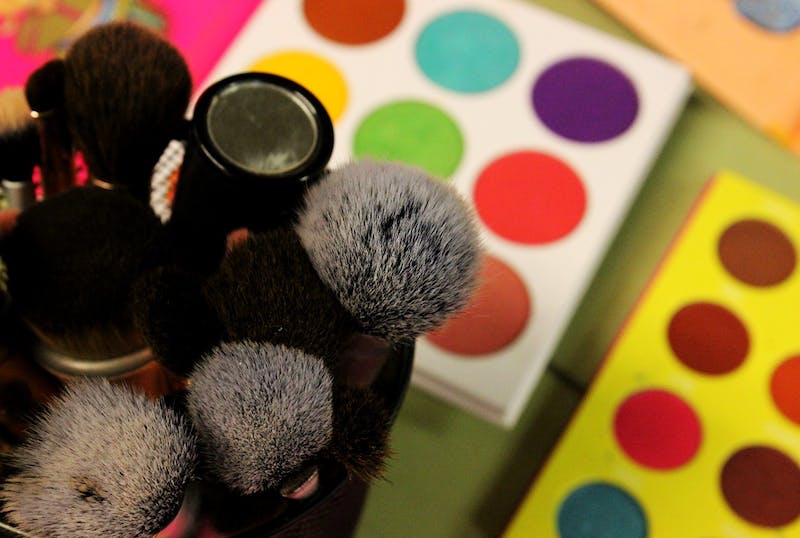Beauty standards change, but what remains the same is how they affect users’ mental health. The external environment — whether this comes from family, peers or media — affects the beauty standards today.
Vera Fransiskho, 44, is an Indonesian. She said in pre-Internet times, TV and magazines dominated beauty standards. Back then, the media would fawn over public figures with good looks and positive attributes, she said.
“If they had good values, behaviors, etiquette and beauty,” she said of celebrities. “The audience would use them as a standard.”
More: OPINION: The horror of transphobia in film
Today, however, Indonesian beauty standards revolve around Korean surgical modifications, Fransiskho said. Surgical modifications can come with a double-eyelid procedure to create bigger eyes and v-line to narrow a fuller face at the jaw.
With the internet and social media, there is more exposure to look more perfect than ever. I was one of the girls who were affected by these beauty standards. No matter what methods I tried, such as cutting down carbs, I wouldn’t be able to look like them.
In part, this is due to social media. A study by Fardouly and Vartanian from Science Direct points to social media as a factor in body image issues. Users posting their appearance tend to be compared to others, and these effects can be traced back to traditional media such as magazines.
Statista estimated that there were 3.6 billion social media users in 2020 and there will be 4.41 billion by 2025. Indonesia has about 170 million social media users in 2021.
Neila Tanius, 18, is an Indonesian student. She struggles with unrealistic beauty standards, and it affects her self-esteem. She’s currently studying in Taiwan, but she went back home to Indonesia for Chinese New Year. When she was visiting her grandmother’s house, her grandmother called her fat in front of her family and no one backed her up.
“I came back and I came home, and I continue feeling really sad and not being accepted by my own family,” Tanius said. “At the end, I just accepted that they’re just Asians. I’ve moved on.”
Also: OPINION: Feeling inferior is part of the senior experience, even though it shouldn’t be
Indonesian Chrisvon Layantara, 45, has never felt the pressure of Asian beauty standards. However, she said women have always been the target of these issues, and with social media it gets worse.
“The way they express their opinions on something,” Leyantara says. “It is harsher than before.”
I accepted that I am fat. I lost weight for the first time at college and still, I was told I was fat. So I pushed myself harder, to the point where there’s no turning back.
During COVID-19, I decided that it’s the perfect time to start a weight loss regime. I experimented with extreme diets I saw from social media and the internet. I succeed but at a price. I no longer look at myself the same as before.
The first thing people noticed was my appearance and my body, which wasn’t the worst part. That’s normal in the environment I grew up in. But the worst part was hearing this sentence: “You look like a K-pop idol now.”
Binge eating and extreme diets should not be encouraged, Tanius said. Instead, she said she believes self-love should be first and by normalizing different body types, beauty standards can become more realistic.
“Everybody is different and we’re not born with the same genes,” Tanius said. “It’s okay for you to not have that ideal body and every type is beautiful in their own way.”
Beauty is diverse. I accepted myself as who I am but it took me a long time to realize it. Although some toxic trends still persist, we’ve seen more inclusion, diversity and body positivity in today’s time.
Michelle Lie is a senior studying in journalism with concentrations in public relations and news reporting, minoring in apparel merchandising. She is from Surabaya, Indonesia, who has interests in travel, media, beauty and pop culture.
